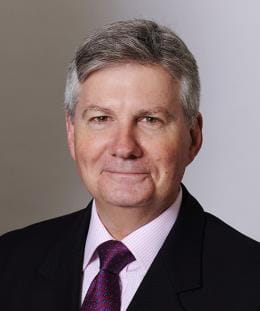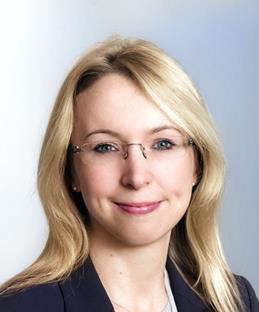ISSB publishes first standards on sustainability and climate disclosures
30 June 2023

30 June 2023

On 26 June 2023, the International Sustainability Standards Board (ISSB) published:
These standards are the final versions of the exposure drafts that were issued in March 2022 (seeAshurst Governance and Compliance Update Issue 17 – 21 April 2022).
The ISSB aim in producing these standards is to consolidate a raft of sustainability and climate-related disclosures including the Task Force on Climate-related Financial Disclosures (TCFD)recommendationsand Sustainability Accounting Standards Board (SASB) Standards. The new standards ensure that company disclosures on these issues are consistent and helpful for decision-makers including financial organisations. They are also intended to provide a single global baseline for sustainability disclosures upon which jurisdiction-specific requirements can be built on.
S1 requires companies to disclose material information about all sustainability-related risks and opportunities that could affect their cash flows, access to finance or cost of capital over the short, medium or long term. It covers a wide range of environmental risks and opportunities such as greenhouse gas emissions, water pollution and waste.
S2 requires companies to disclose information about climate-related risks and opportunities that could affect their cash flows, access to finance or cost of capital over the short, medium or long term. It incorporates and augments the TCFD's recommendations.
Both standards set out requirements for the content and presentation of the required disclosures. The disclosures required by S1 and S2 will be made as a part of a company's general financial reporting package.
ISSB states that IFRS S1 and 2 are effective for annual reporting periods beginning on or after 1 January 2024, consequently the first financial reports to use them will be published in 2025. Earlier use of the standards is allowed as long as both standards are used together and the company discloses that it is using them.
The standards contain some transitional provisions. In the first year in which a company uses the standards, companies can:
The timing of mandatory compliance will depend on the adoption of the standards into national law.
The UK has indicated that it will consult on a framework that will adopt the ISSB's standards. The Financial Conduct Authority (FCA) has also said it will align its reporting requirements for listed companies with S1 and S2 once they are adopted in the UK.
The Australian Government is currently undertaking a second round of consultation on mandatory climate-related disclosures that will closely align with S1 and S2 (seeMandatory climate-related financial disclosure to be required by FY24/25 in Australia, 28 June 2023).
S1 and S2 are the first of the ISSB's standards. The ISSB is currentlyconsultingon what other standards may be needed. Initial proposals include biodiversity, ecosystems and ecosystem services (BEES) and human rights. The consultation closes on 1 September 2023.
We will continue to monitor developments and update you accordingly.





